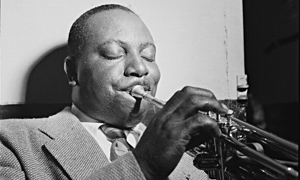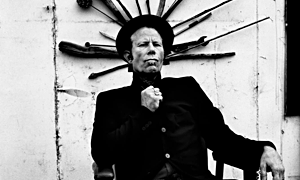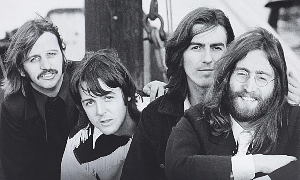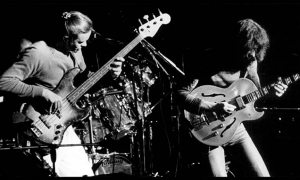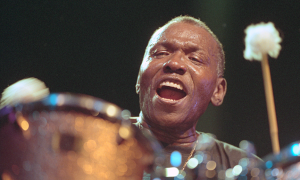Home » Jazz Articles » Book Review » The Rhythm of Unity: A Jazz Musician's Lifelong Journey ...
The Rhythm of Unity: A Jazz Musician's Lifelong Journey Beyond Black and White
 The Rhythm of Unity
The Rhythm of Unity Mike and Dorothy Longo
237 Pages
ISBN: 978-1956470741
Redwood
2023
Mike Longo was a distinguished pianist in spite of himself. He was a musicians' musician. He had little interest in celebrity. However much he needed to make a living, Mike spurned opportunities, like becoming Tony Bennett's pianist, that would have brought him to the attention of a wider audience. Longo was arguably one of Dizzy Gillespie's most dedicated students as well as one of Dizzy's closest personal friends—he and James Moody were with Dizzy at the end. Ultimately, Dizzy's ideas were Longo's primary source of inspiration.
Dizzy was black. And Longo was white. It made no difference to either one of them. Both saw their existence as a means of expressing what Longo simply called "the music." Their shared religious convictions in the Baha'i faith, advocated harmony with the world, and with their fellow human beings. They came from different backgrounds, but ended up in much the same place. If only their story were more representative of America.
Longo had classical training, and worked with a variety of outstanding teachers, including Hall Overton. Dizzy, famously self-taught, immersed himself in African and Afro-Caribbean music, and mastered the piano in becoming a technically superb trumpet player. When Longo met up with Gillespie, becoming an integral part of his quintet in the 1960s, he brought a wealth of European contrapuntal training to Dizzy's wide-ranging knowledge of African drumming and rhythmic patterns. Longo also studied with Oscar Peterson. He did a multigenerational apprenticeship at the Metropole in New York where he could hear more traditional swing players like Gene Krupa or John Bunch as well. A particularly delightful aspect of this book is seeing a musical partnership that merged worlds, ethnicities and cultures in an institutional setting that could have just as easily set the two musicians apart. The New York scene which Dizzy insisted a player had to "conquer," was nothing if not competitive, sometimes verging on fratricidal. Clearly, it required two very remarkable people to overcome their differences, especially when the deep fractures in race relations in the 1960s were nothing short of catastrophic.
Longo, although he may have denied it, was a cosmopolitan intellectual who lived for nothing other than music. Dizzy, whom Longo came to call John, was complex, but deeply spiritual as well. Whatever their personal foibles or characteristics of personality—Dizzy always up and Longo just as often down—failed to separate them in the end. Oddly enough, it may have been just the realization that all of us are flawed one way or another, their essential humanity, that brought them together. Here Baha'i emphasized unity and openness in a world and a business that was often anything but. All of us should be so fortunate.
Dorothy Longo's extensive narrative and explications add greatly to an already fascinating story. She was with Mike when Covid finally struck him down, although he had what clinicians had "underlying conditions" as a risk factor. Longo's self-deprecating comment to her at the end—that he must have really been dying if the doctors let her see him—was perhaps more significant than anyone realized. Longo probably understood the music as well as anyone, and his sometimes-earthy affect was, like Dizzy's "clownish" persona, just another way of holding the uninitiated at bay. It may have confused a few shallow critics as well.
Withal, a remarkable story. You may well end up listening to Longo's music and his extensive pedagogical materials with different ears. He said of Dizzy, "He could hear paint dry." In Longo, Dizzy had an extraordinarily accomplished painter.
Tags
Book Review
Richard J Salvucci
Redwood
Mike Longo
Dizzy Gillespie
James Moody
oscar peterson
Gene Krupa
John Bunch
The Rhythm of Unity
PREVIOUS / NEXT
Support All About Jazz
 All About Jazz has been a pillar of jazz since 1995, championing it as an art form and, more importantly, supporting the musicians who make it. Our enduring commitment has made "AAJ" one of the most culturally important websites of its kind, read by hundreds of thousands of fans, musicians and industry figures every month.
All About Jazz has been a pillar of jazz since 1995, championing it as an art form and, more importantly, supporting the musicians who make it. Our enduring commitment has made "AAJ" one of the most culturally important websites of its kind, read by hundreds of thousands of fans, musicians and industry figures every month.














